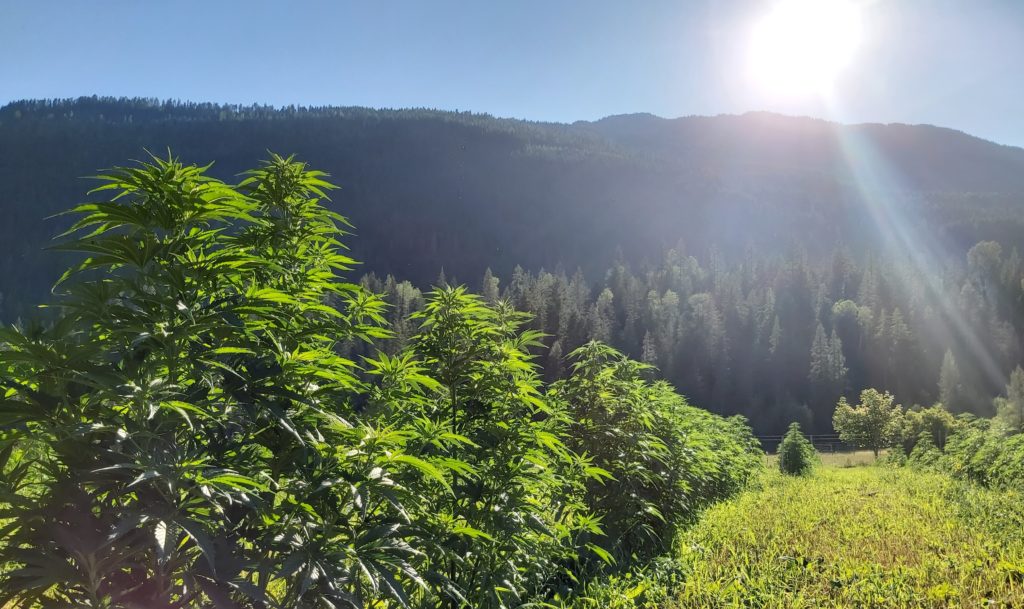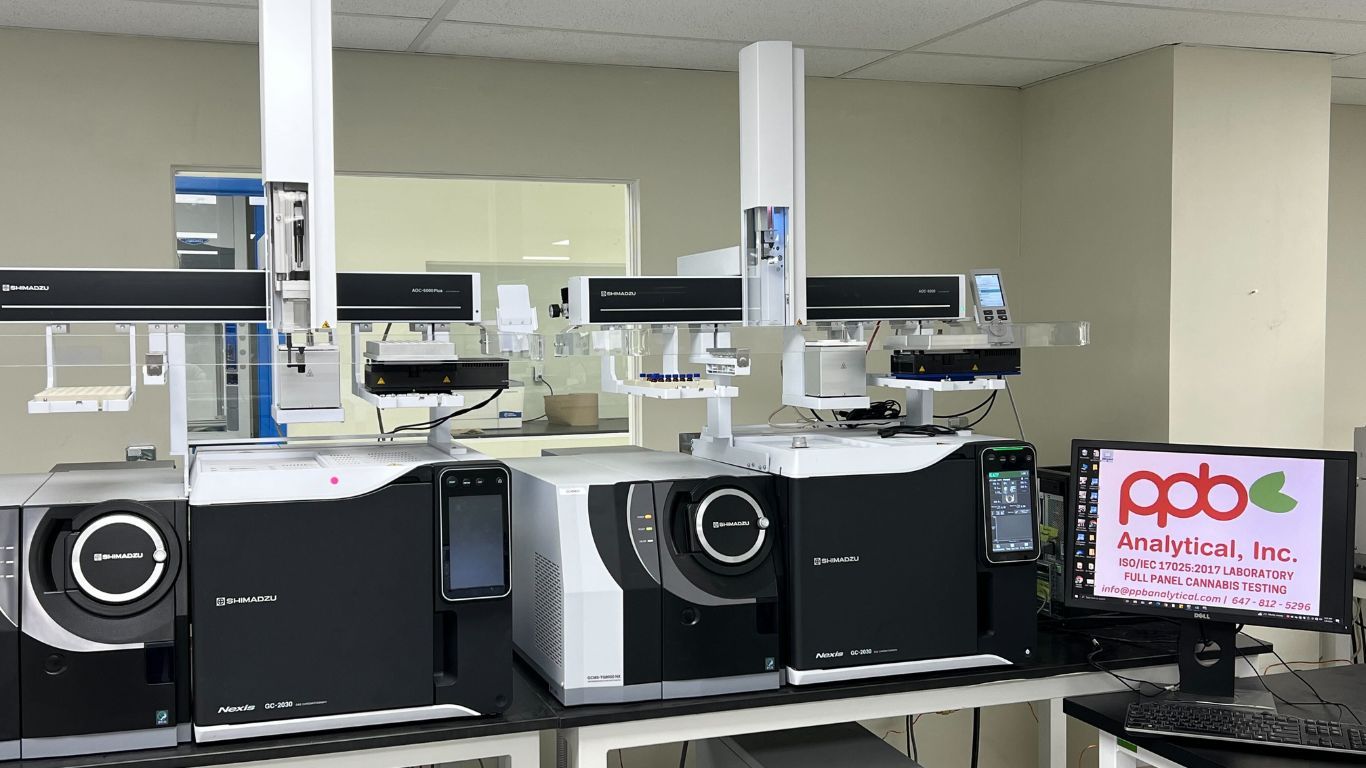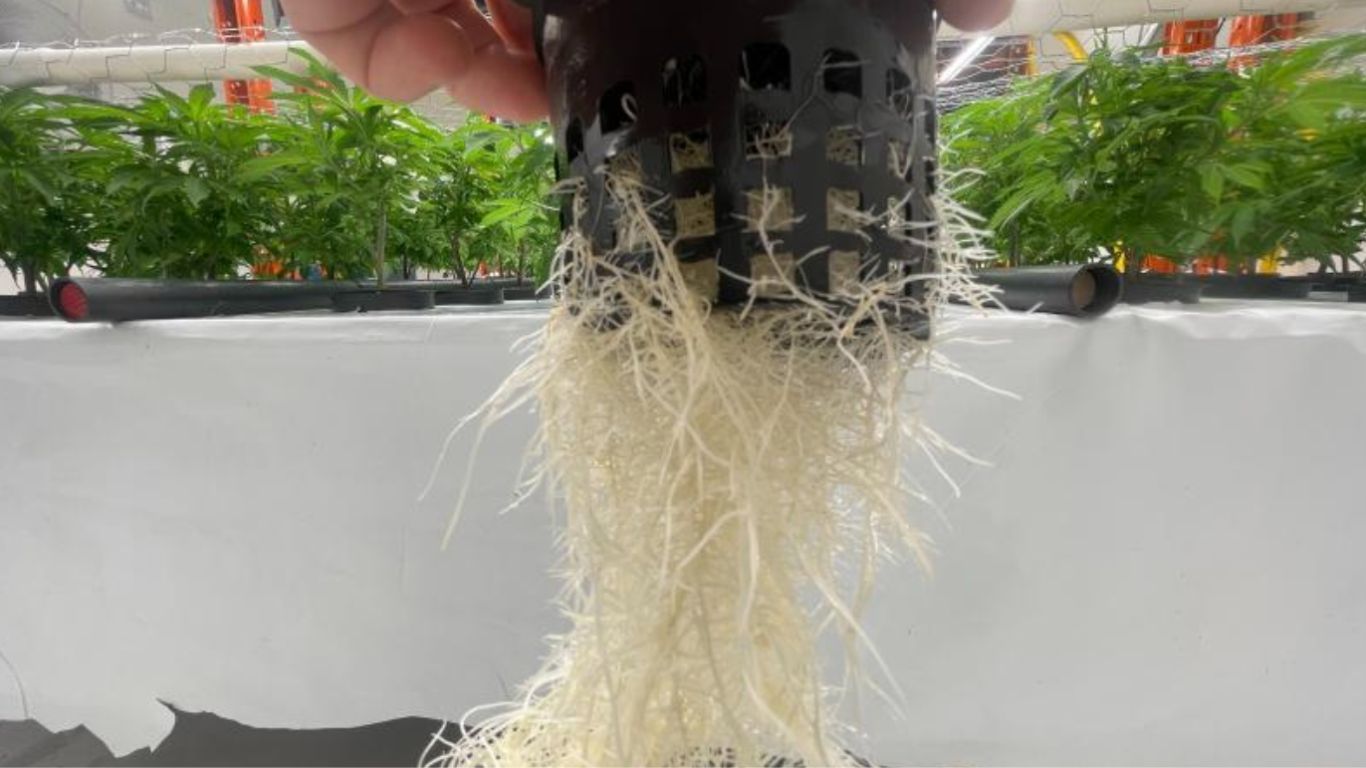
The Kootenay Outdoor Producer Co-op received their first two licenses in late March of this year.
The two outdoor cannabis farms run under the co-op’s umbrella – one happens to be run by an all male crew of seven and the other an all female crew – have been busy tending their crops this summer on both of their four acre farms, expecting a September harvest. The co-op hopes to have another two dozen in place by next year, including about eight micro cultivators.
The model, of which these two are just the first of what the co-op hopes will eventually be hundreds, was an idea helped brought to fruition by local long time Kootenay resident Todd Veri.
Veri, who says he moved to the Kootenays in the nineties from Ontario as part of what he describes as a ”great hippie migration” to a “utopia where you don’t get busted for growing pot”, say he wanted to design a cooperative that would allow the region a path into the legal industry and would mirror the production model that had already existed for the region for decades.
“When we had the idea to do the co-op and started talking to friends about a model, the initial idea was just to build a model that was what we were already doing,” explains Veri. “If it ain’t broke, don’t fix it. People have been doing this in these mountains for years, growing and then sending it off to market.”
“When we had the idea to do the co-op and started talking to friends about a model, the initial idea was just to build a model that was what we were already doing. If it ain’t broke, don’t fix it. People have been doing this in these mountains for years, growing and then sending it off to market.”
Todd Veri, Kootenay outdoor producer co-op president
In spring 2017, he and a few partners began having meetings and talking to interested parties, developed a board and a framework for membership and investors and the co-op filed for their first outdoor cultivation license early 2019, finally receiving them in March 2020. He emphasizes the process has not been easy, facing early challenges with licensing in 2019 as well as an especially cool and wet BC spring and summer this year. But he’s also hopeful for the region and the product, which he says should have a chance to compete against large scale greenhouse producers by taking advantage of a low outdoor operating cost over time and a deep knowledge base in the area.
The co-op currently has about 200 members and about 150 investors, and expects to have hundreds of farms in the region in the coming years.
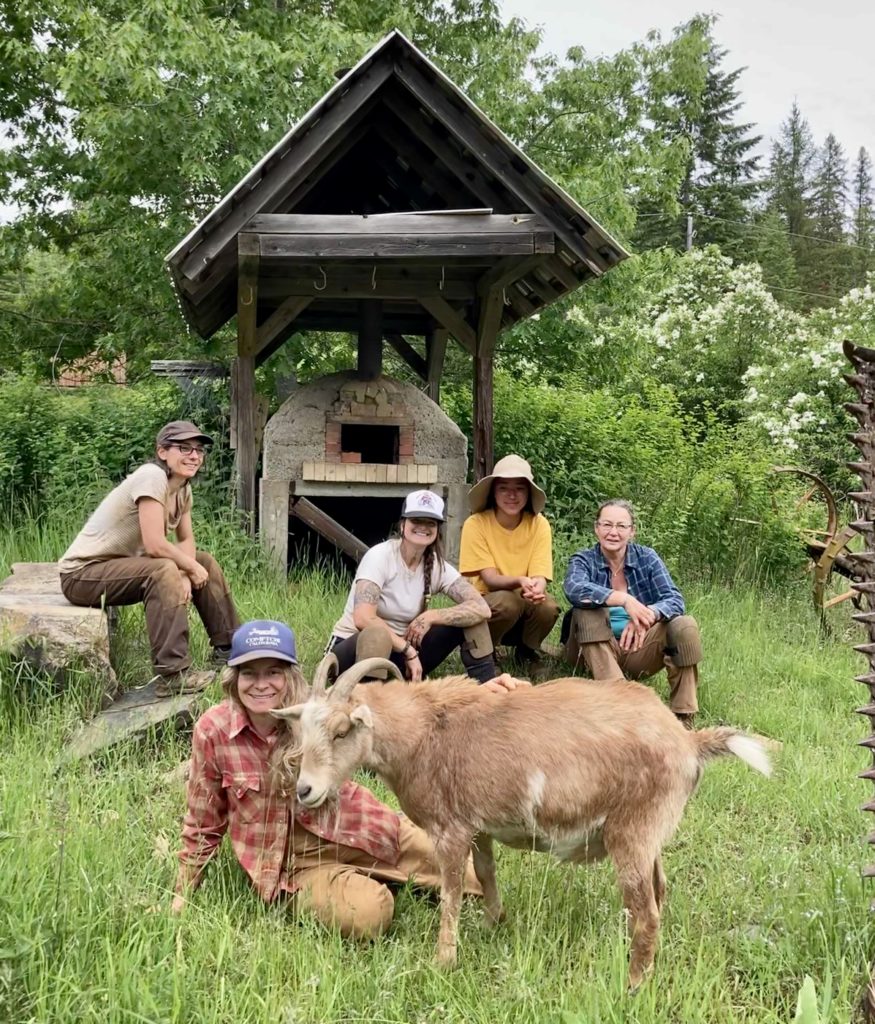
“Our goal, what we’re expecting is hundreds of farms five years from now,” says Veri. “We expect to be producing craft organic like no one else can do and not try to compete with indoor, but own that lower end of the market. We want to be that everyday weed. A low cost, but still premium product.”
“Right now greenhouse producers are selling something around five or six a gram that we think we can do much better and even beat that price.”
The advantage the Kootenays have, says Veri, is the knowledge base of people who know how to grow cannabis, especially outdoors. What the co-op does is tries to pair all the necessary pieces to ensure those who want to grow cannabis have access to land and capital and can navigate licensing.
Right now greenhouse producers are selling something around five or six a gram that we think we can do much better and even beat that price.
With the upfront investment from co-op members, he explains that the Co-Op were able to cover the cost of the first two farms for their entire application, security clearances and infrastructure, and other startup costs. As they continue to gain membership and investors, he says they are already ready to see three more get licensed and hopes to see more than 50 in the next few years.
Pairing up landowners and growers
Since those who want to grow cannabis often don’t have the land or the resources to get started, the co-op works by pairing teams of cannabis growers with land owners who are open to cannabis production.
Landowners are then responsible for supplying any necessary fencing and ensuring water is available, along with some general setup and management, while the co-op covers all security requirements and clearances licensing and any other startup costs. A team of growers then supply their labour, running the farms from seed to harvest.
This has always been part of the economy here. This is just about giving it a way to all be a part of the legal system. Or at least some of it. I want people to see they can do this.
Revenue from the harvest is then divvied up with half divided between the landowner and the growers, and the other half going back to the co-op to cover startup costs and operating expenses, as well as fund new operations, and then pay back dividends to investors and members.
All landowners and growers must also be co-op members and all members are required to live in the region, in order to keep control and profits in the community.
Although he wants to be conservative in his estimates, he says he sees the co-op eventually being able to generate a good deal of money for the region, and help provide a way for local landowners and growers to be a part of the legal industry.
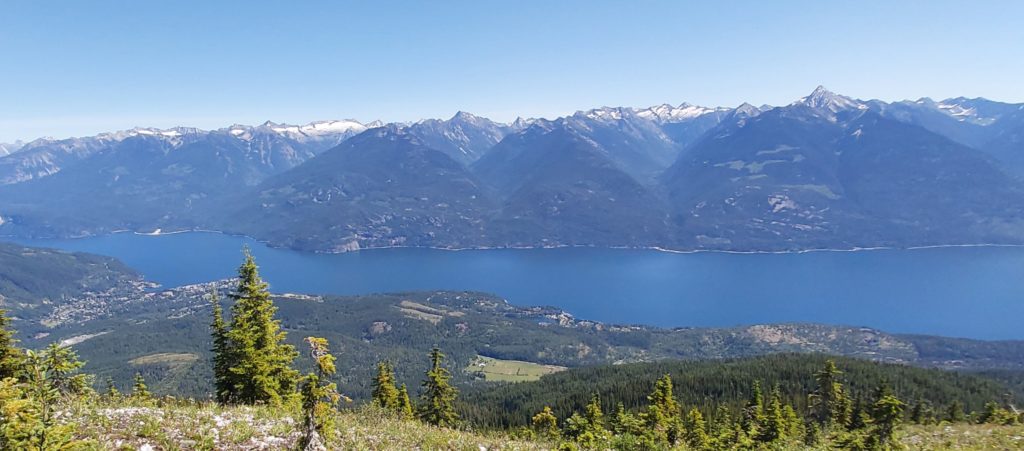
The co-op has also submitted a licence for processing, which would allow their members to then process all their cannabis for sale into provincial retail systems. Their hope is to have it ready by this fall, although the co-op may end up working with a third party processor this year. But long term the goal, says Veri, is something where Kootenay based growers can keep as much of the product and its revenue within their community.
“This has always been part of the economy here. This is just about giving it a way to all be a part of the legal system. Or at least some of it. I want people to see they can do this.”
“We have almost no industry here,” he continues. “There’s one pulp mill. There’s maybe three wood mills still operating. Other than that there’s no industry. The region has needed this and needs this even more now. This is what we can do to keep the region running.”
We have almost no industry here. There’s one pulp mill. There’s maybe three wood mills still operating. Other than that there’s no industry. The region has needed this and needs this even more now. This is what we can do to keep the region running.
“What we do have in the Kootenays, is a lot of small pieces of farmland. Lots of mostly unused, relatively small plots of farmland in Kootenays. If people are farming out there it’s not a large scale commercial farm and therefore not super profitable. So this is a way for people to make a good living along with their hobby farm or family property. It’s a way to keep the Kootenays alive.”


